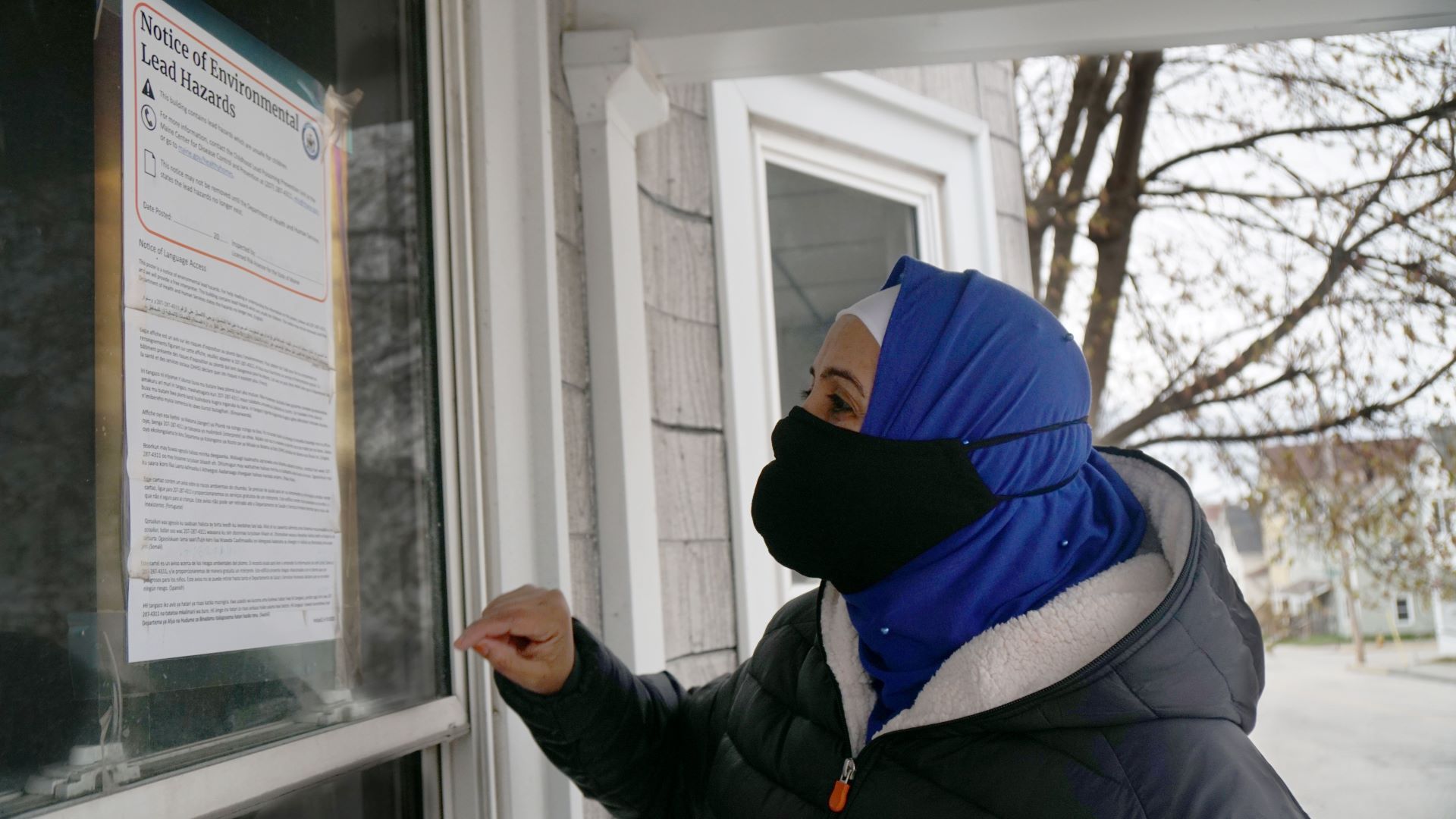Addressing the Urgent Need for Lead Abatement in Minneapolis, MN

Minneapolis, MN, a vibrant city with a rich cultural heritage and a thriving community, faces a hidden danger lurking within its older homes and buildings: lead contamination. Despite significant progress in reducing lead exposure over the years, the presence of lead-based paint in older structures continues to pose serious health risks. Recognizing the urgency of the situation, efforts to prioritize lead abatement in Minneapolis, MN, have become increasingly imperative to safeguard public health and ensure a safer environment for all residents.
The Legacy of Lead:
Lead, a toxic heavy metal, was once a common component of paint used in residential and commercial buildings before its ban in 1978. However, countless structures built before this date still contain lead-based paint, which can deteriorate over time, releasing hazardous lead dust into the environment. In Minneapolis, where a significant portion of housing stock predates the ban, the risk of lead exposure remains a pressing concern.
Health Impacts of Lead Exposure:
Lead exposure poses severe health risks, particularly to children under the age of six, whose developing bodies are more susceptible to its effects. Even low levels of lead exposure can impair neurological development, leading to learning disabilities, behavioral problems, and decreased IQ levels. Pregnant women exposed to lead are also at risk of adverse outcomes, including preterm birth and developmental issues in their unborn children. Furthermore, adults exposed to lead may experience hypertension, kidney damage, and reproductive problems.
Challenges of Lead Abatement:
Despite the clear imperative for lead abatement, several challenges hinder progress in Minneapolis and other communities nationwide. These challenges include:
Cost: Lead abatement can be costly, especially for low-income homeowners and landlords with limited resources.
Complexity: The process of safely removing lead-based paint requires specialized training, equipment, and adherence to strict regulatory guidelines.
Awareness: Many property owners remain unaware of the presence of lead in their buildings or underestimate its risks, delaying necessary remediation efforts.
Regulatory Compliance: Compliance with lead abatement regulations and certification requirements adds layers of complexity to the remediation process, deterring some property owners from taking action.
The Importance of Lead Abatement:
Despite these challenges, the benefits of lead abatement far outweigh the costs and complexities involved. By prioritizing lead abatement in Minneapolis, we can:
Protect Public Health: Lead abatement reduces the risk of lead exposure, safeguarding the health and well-being of residents, especially children and pregnant women.
Promote Equity: Addressing lead hazards in low-income and minority communities promotes equity by ensuring that all residents have access to safe, healthy housing.
Prevent Long-Term Costs: Investing in lead abatement now can prevent costly healthcare interventions, special education services, and other societal burdens associated with lead poisoning.
Preserve Historic Structures: Lead abatement efforts can be integrated into preservation initiatives, allowing historic buildings to be restored and repurposed without compromising public health.
Moving Forward:
Addressing the urgent need for lead abatement in Minneapolis requires a concerted effort from government agencies, community organizations, property owners, and residents alike. Initiatives to raise awareness, provide financial assistance, streamline regulatory processes, and expand access to lead abatement services are essential steps toward creating a safer, healthier environment for all. Together, we can make Minneapolis a model city for lead abatement, setting an example for others to follow and ensuring a brighter future for generations to come.







